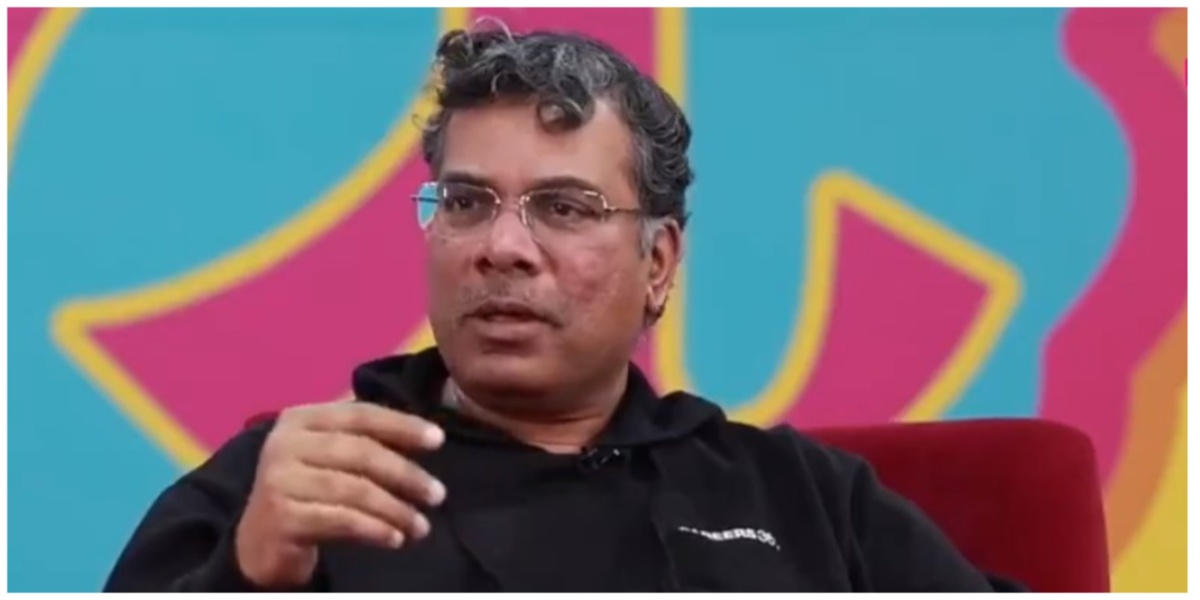His analysis, based on critical data, highlights the nation's struggles in harnessing its demographic dividend.

Maheshwari Peri, CEO, Careers 360 (X)
Maheshwer Peri, Founder & Chairman of Careers 360, an education and career guidance platform, on Tuesday, 26 March, shared a comprehensive tweet thread dissecting India’s education landscape from 2014 to 2023.
His analysis, based on critical data, highlights the nation’s struggles in harnessing its demographic dividend. Peri cited All India School and Higher Education Report (AISHE) as primary data source.
India witnessed significant population growth surging from 121 crore to 139 crore by 2023, marking a 14.64 percent increase, Peri noted. Government schools, however, witnessed a concerning decline, dropping from 12.04 lacs in 2014 to 11.28 lacs by 2022, he said.
“While our population grew by about 15 percent, our public schools fell by 7 percent, widening the gap,” said Maheshwari.
“Conversely, the number of private schools soared from 2.55 lacs to 3.35 lacs during the same period, reflecting a substantial 32 percent growth.”
While population growth should lead to growth in enrollments, in reality, they didn’t, he says. Enrollments in schools stood at 268.3 lacs in 2014, dwindling to 265.24 lacs by 2022, indicating a 1.2 percent decline.
This predicament is particularly pronounced in three North Indian states – Uttar Pradesh, Madhya Pradesh and Rajasthan, where the number of schools plummeted from 5.22 lacs in 2014 to 4.80 lacs by 2022, Maheshwari said.
This 8 percent decrease occurred despite an 18 percent population surge in the same timeframe. The population in these three states increased from 34.1 crores to 40.3 crores during the period.
According to Maheshwari, Central Board of Secondary Education (CBSE) is becoming elitist in its approach.
While government schools affiliated with CBSE board increased by 16 percent from 4053 schools in 2014 to 4715 in 2022, the number of private schools under CBSE shot up from 10728 in 2014 to 20874 in 2022, marking a growth of 95 percent during the same period.
In addition to these challenges, the cost of education, particularly at the primary level, has also witnessed a dramatic escalation.
The National Sample Survey revealed a 30.7 percent surge in the cost of primary education between 2014 and 2018. If this trend persists, the cost could potentially double, reaching an alarming 75 percent to 90 percent increase over a decade, he said.
Maheshwari, concluding his tweet, highlighted a concerning disparity between population growth and educational infrastructure. He also underscores the need to bridge this widening gap in order to ensure equitable access to quality education for all segments of society.
“So, the report card is grim. Our population grew by 15 percent. Our government schools fell by 8 percent. Our enrollments fell by 1.2 percent. Our cost of education almost doubled. The northern states drag. In 2047, It would not be ‘Demographic Dividend’ but a ‘demographic nightmare,” he added.
(Edited by Shauqueen Mizaj)

Jun 20, 2024

Jun 20, 2024

Jun 18, 2024

Jun 18, 2024

Jun 17, 2024

Jun 17, 2024